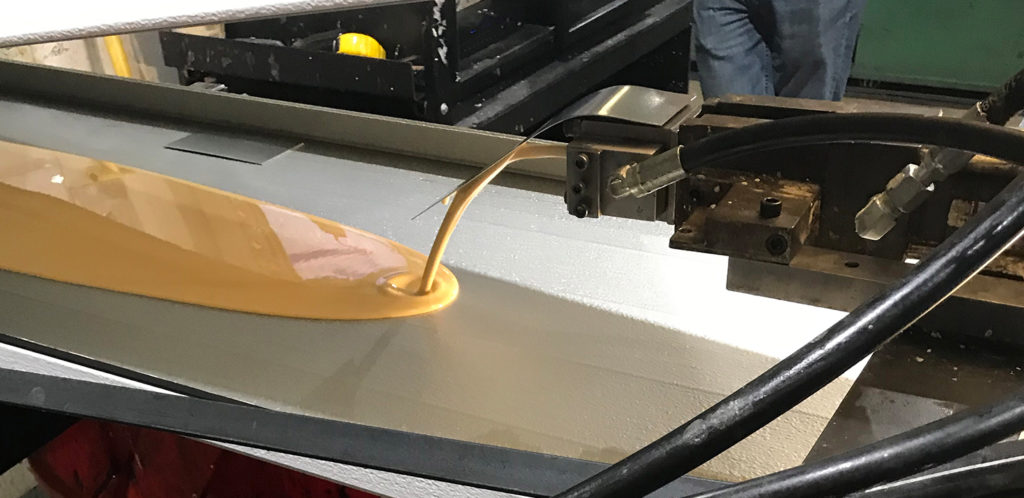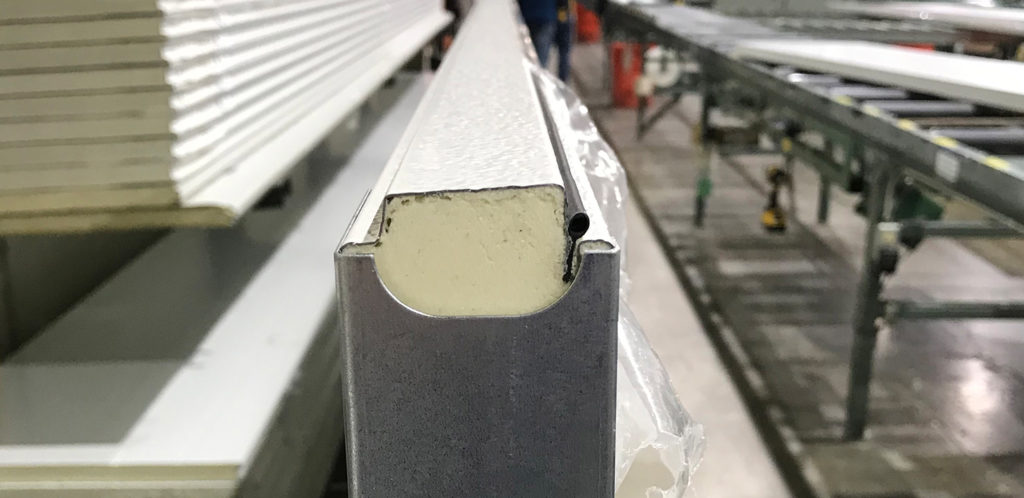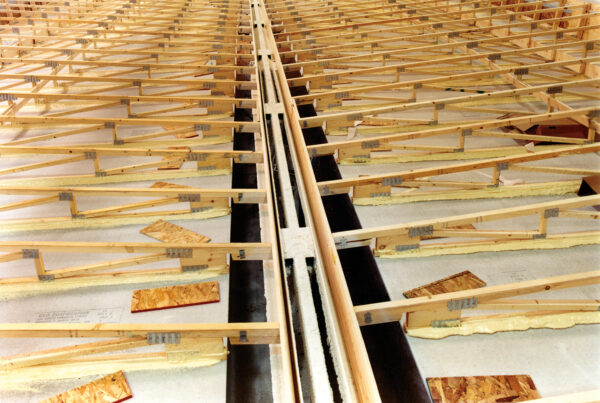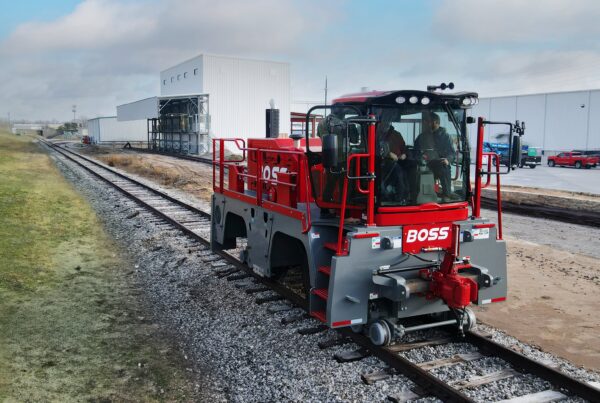The mark of a good partner is their ability to listen to a customer’s challenges and identify the most appropriate action to address it.
But a great partner understands complex processes and can help untangle the knot of problems that arise when those processes are not performing.
In this case, our customer was one of North America’s premier garage door manufacturers. They initially approached FSI after researching alternative blowing agents to meet new regulatory standards.
To ensure their discontinuous garage door manufacturing operation utilized foam that complied with global environmental accords, the customer chose to adopt a polyurethane foam blown with our patented Ecomate® technology.
However, during the initial engagement our technical service rep (TSR) noticed quality issues with the panels being produced with the incumbent foam system that would overshadow any benefits expected from implementing the new FSI foam system. An intensive investigation ensued to find the root cause of the quality issues.
Problem #1 – Inadequate dispensing pattern
Our customer was initially only interested in switching to a new foam formula with a compliant blowing agent. They wanted a simple drop-in replacement. Assessing the manufacturing process was not on the table — at least, not at first.
However, during the consultation process our TSR noticed overfilling, underfilling and visible defects including voids, waves and dimples in finished foam panels. He knew that changing the foam system alone would not solve the quality problems.

The TSR first observed that dispensing the foam in the panels at only one location was a major cause of the problems. Comparative tests had demonstrated that the FSI foam system had greater flowability than the competitive material, but because of the length of the panels, the expanding foam was not able to completely and uniformly fill the panels before it cured.
When the process engineer responsible for the operation followed the recommendation of the TSR to inject the foam at multiple points the foam completely filled the panels more uniformly and without voids.
But while changing the number of injection locations made a noticeable improvement, it did not completely solve the quality problems. As our TSR dug deeper into the customer’s process, more causes were uncovered.
Problem #2 – Incorrect pumps
The two components of the foam system are stored in large bulk chemical tanks and transferred to the panel manufacturing operation using gear pumps, which are specified by pressure and flow rate.
During his investigation, our TSR noticed that the existing pumps were too large and were operating at flow rates below their design specifications. The result was that the flow rates were inconsistent and unable to be controlled.
In other words, it was as if they were trying to adjust the output of a fire hydrant to properly feed a garden hose. It couldn’t be done
The fix was simple — swap out the pumps with smaller ones that were matched to the desired dispensing rate.
Once installed, the new pumps made a big difference. But the problems were not entirely solved for the customer.
Problem #3 – Lack of temperature control
The temperature of materials and equipment involved in foam panel manufacturing have just as much impact on product quality as any other process parameter.
For best performance, manufacturers need to control the temperature of the following:
- The ambient temperature within the facility itself
- The large storage tanks that feed the A and B components to the dispensing machine
- The “day tanks” on the foam dispensing machine
- The foaming fixtures that control the surface temperatures while the foam is rising and curing
Polyurethane systems mix, dispense, flow and cure best within the temperature range specified by their manufacturer, so controlling those temperatures that variable is key.
Controlling the temperature in day tanks and on panel surfaces is most critical. The storage tank and ambient temperatures can impact how well day tank temperatures are regulated.
Unfortunately, because the manufacturing equipment dated from the 1990s and had not been well maintained, it lacked the temperature control capabilities needed to compensate for widely variable ambient temperatures.
Starting from scratch
There were too many problems. The time, effort and expense required to Frankenstein the old equipment back into shape was more than the customer could stomach.
The customer agreed with our TSR that the only solution at that point was to install a new line. The TSR provided guidance on specifying new equipment that addressed at once all the problems revealed in his investigation.
This was an extreme case where a lack of process control plagued almost every aspect of this customer’s garage door foaming operation. Worse, the customer didn’t realize they had such serious problems.
Thanks to the knowledge and guidance provided by our TSR, the efficiency, consistency and quality of our customer’s manufacturing process have increased.
Such close support is uncommon in the industry, but it’s a cornerstone of how we do business.
Have a problem you want to run past our technical service staff? Get in touch with a rep here.





